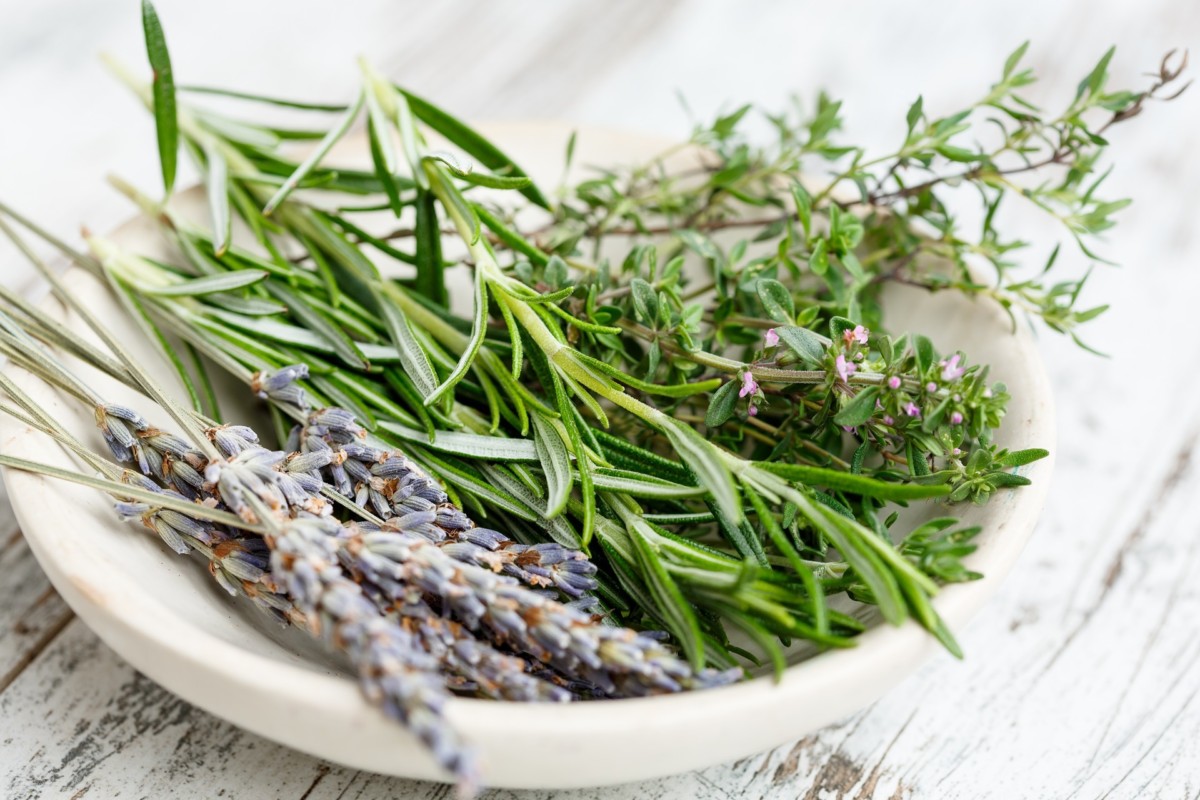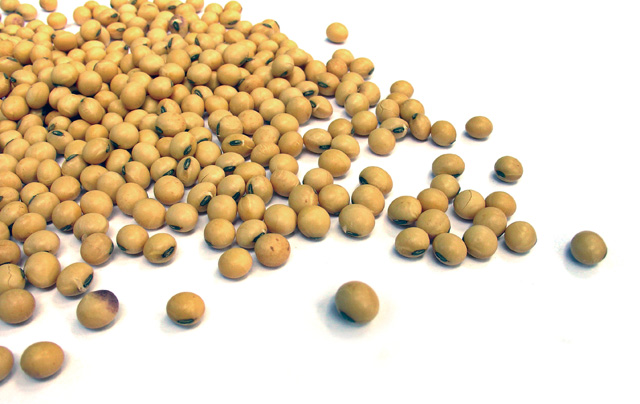La fermentation (ou “les fermentations” puisque il en existe plusieurs formes) est une méthode de transformation des aliments qui remonte à une époque très ancienne et que l’on retrouve dans plusieurs traditions. D’une part elle permet de conserver les produits pendant longtemps, même des mois, sans les altérer avec la chaleur; d’autre part elle favorise leur prédigestion et les enrichit de microorganismes qui peuvent jouer des rôles très bénéfiques pour la santé, en particulier pour le bien-être de l’intestin.
 Image sous licence Creative Commons
Image sous licence Creative Commons
Toutefois, est-ce que les aliments fermentés conviennent à tout le monde? Y a-t-il des contrindications à en consommer? Certaines personnes les digèrent très facilement alors que d’autres se sentent ballonnées et alourdies dès que elles en consomment, même en petite quantité? Pour quelle(s) raison(s)? Quelles sont les précautions à prendre avant d’en produire et d’en manger? On essayera de répondre à ces questions lors d’un prochain atelier et on verra comment on peut préparer différents plats fermentés chez soi: légumes sous plusieurs formes, fromages végétaux, desserts, boissons. On parlera surtout de lactofermentation et plus brièvement des autres formes de fermentation utilisées pour transformer et conserver différentes sortes d’aliments. On discutera également des différences entres les aliments fermentés à la maison et ceux que l’on trouve dans le commerce. L’atelier inclut un dîner végétarien avec dégustation de plusieurs plats fermentés et non-fermentés. :-)
Lieux et dates: consulter la page News.

